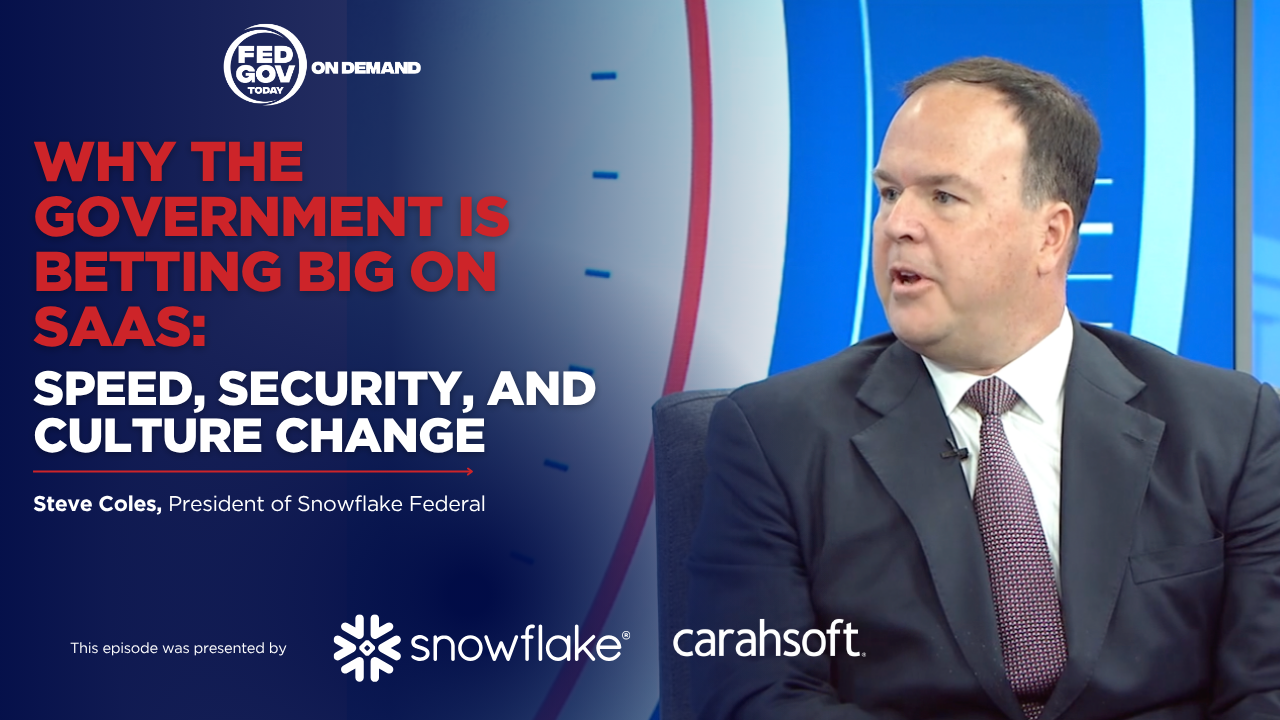In this Industry Insight, Matthew Rose, Head of Government Affairs at Snowflake, joins Francis Rose to discuss how the Federal Acquisition Regulation (FAR) overhaul is reshaping the way government does business. He calls the recent changes “massive and constant,” emphasizing that they are already having a transformative effect on communication, vendor relationships, and contracting practices across the federal landscape.
Matthew begins by highlighting three key areas where he’s seen immediate impact over the past few years: communication, vendor diversity, and the simplification of acquisition. He explains that updates to FAR Part 10, which governs market research, have driven a major cultural shift—encouraging more open dialogue between government and industry. In the past, acquisition professionals often hesitated to engage with vendors out of concern for compliance or optics. The revised guidance, he says, has changed that mindset by making conversation and collaboration not only acceptable but essential. This cultural shift helps both sides better understand each other’s capabilities and needs, which is particularly important as new technologies like AI and advanced data tools evolve faster than policy can keep up.
From there, Matthew points to another critical change—the government’s growing openness to working with a broader set of vendors. Historically, procurement has sometimes favored familiar, large contractors, but the FAR overhaul encourages agencies to expand their view. He explains that the reforms are designed to increase competition and bring in more innovation from startups, small businesses, and nontraditional players. This broader engagement allows agencies to access cutting-edge technologies that are already being used successfully in the commercial world. By aligning acquisition practices more closely with commercial standards, he says, government can benefit from solutions that are proven, scalable, and often more cost-effective.
Matthew also describes a strong movement toward reducing complexity in the acquisition process. The government, he reminds listeners, is the largest buyer in the world—and with that scale comes enormous complexity. The goal of the new FAR changes is not to strip away necessary oversight, but to streamline procedures and make buying more intuitive and efficient. This simplification helps agencies shift from the traditional model of paying for “level of effort” to paying for outcomes. In other words, contracts are increasingly based on the results vendors deliver rather than the number of hours or resources they spend. Rose calls this a move toward “outcome-based contracting” and sees it as one of the most meaningful cultural and practical shifts underway.
He explains that outcome-based approaches are already standard in many enterprise and commercial settings, and that government has a lot to gain from adopting them. By focusing on measurable results, agencies can ensure that tax dollars are spent more efficiently and that mission goals are met faster. He ties this idea to broader initiatives like “One Gov,” which aims to consolidate buying power across agencies and create unified acquisition vehicles. These efforts, he says, allow government to take advantage of its size—to act as one coordinated buyer rather than dozens of disconnected organizations—driving better pricing and greater consistency across federal procurement.
When Francis asks what agency leaders can do to make these changes stick, Matthew emphasizes the importance of leadership and education. He notes that acquisition reform isn’t just about rewriting regulations; it’s about changing how people think and work. Leaders at every level must encourage their teams to revisit long-held assumptions about how government buys, what it values, and how it defines success. Training and open dialogue are key. Rose says both new and experienced professionals need to  understand the intent behind the reforms—why open communication with industry is beneficial, how outcome-based contracts work, and how new technologies can improve both efficiency and mission results.
understand the intent behind the reforms—why open communication with industry is beneficial, how outcome-based contracts work, and how new technologies can improve both efficiency and mission results.
Rose also ties technology directly to this transformation. With rapid advances in artificial intelligence, data analytics, and cloud computing, he says the pace of change in the technology landscape is faster than ever before. That speed demands a new mindset from both acquisition officials and vendors. He stresses that technology should not replace people—it should empower them. “Humans shouldn’t work for AI,” he says. “AI should work for humans.” The goal is to use technology to make contracting and decision-making smarter, not to remove the human element.
He gives an example from Snowflake’s own business model, noting that the company offers a utility-style pricing structure—“pay for what you use”—which is common in the private sector but still relatively uncommon in federal procurement. By exploring models like that, government can achieve greater flexibility and efficiency. Rose believes that as agencies experiment with new contract structures and digital tools, they’ll be able to deliver better results to citizens and mission partners.
As the conversation wraps up, Rose explains how success will ultimately be measured. He says progress will be visible when acquisitions become simpler, faster, and more focused on value. Internationally, he adds, other governments are already looking to the U.S. as a model for outcome-based and value-driven procurement reform. If these changes continue, the federal government can set a global standard for how large institutions modernize their acquisition systems.
Matthew acknowledges the challenges of change—especially in a system as complex as federal procurement—but sees clear signs of progress. The combination of regulatory reform, technological innovation, and cultural openness is creating new opportunities for agencies to buy smarter and deliver greater impact. By focusing on communication, outcomes, and education, he believes the government can truly modernize its acquisition process and make it work better for everyone involved.



